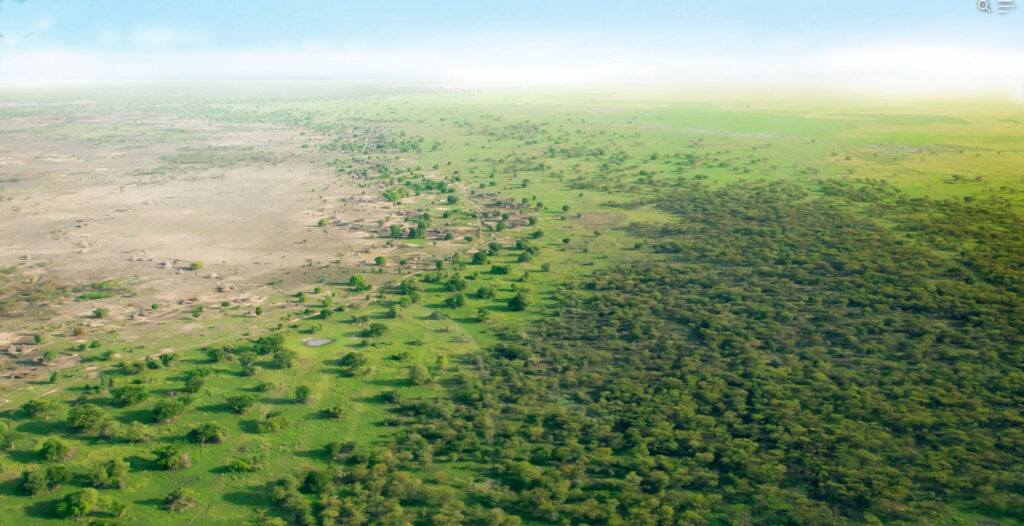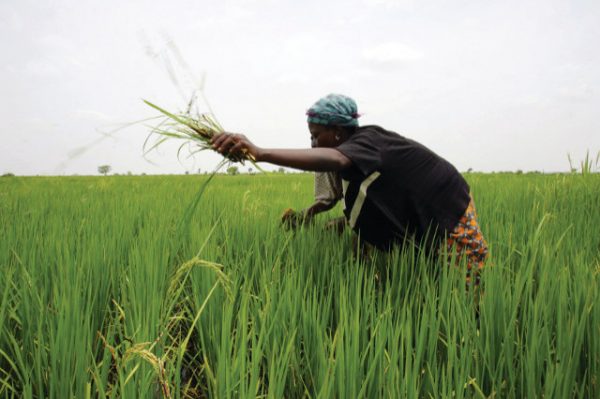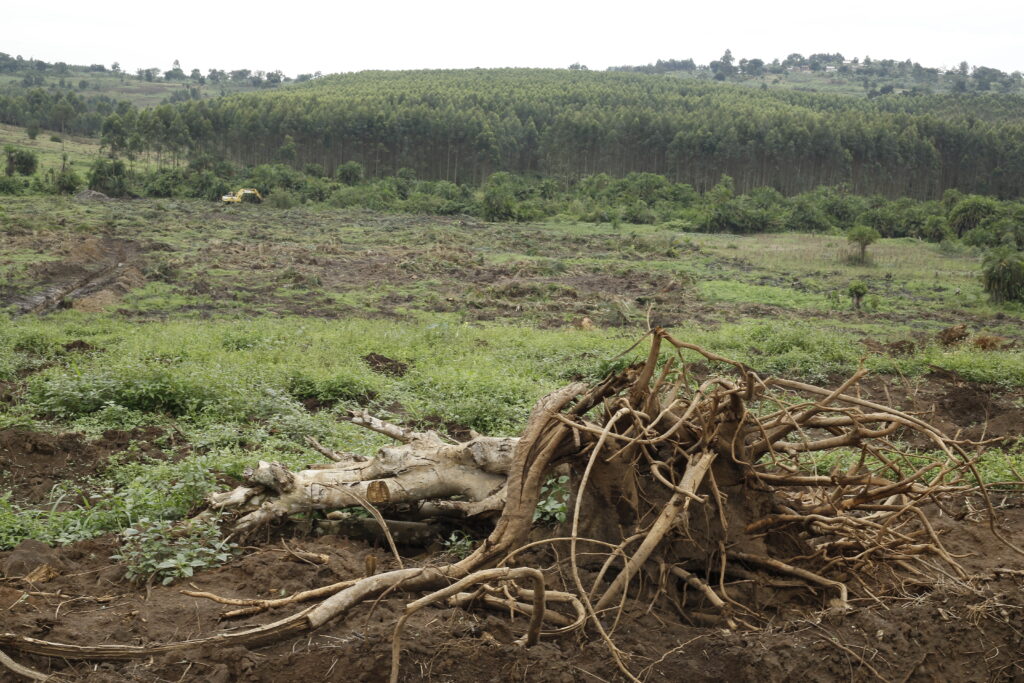In 2007, the African Union introduced the Great Green Wall (GGW) initiative, an ambitious project aimed at rehabilitating 100 million hectares of degraded land, capturing 250 million tons of carbon, and generating 10 million green jobs by 2030.
Effort Has Rehabilitated 20 Million Hectares of Land
Initially, the GGW involved 11 countries spanning Africa: Burkina Faso, Chad, Djibouti, Eritrea, Ethiopia, Gambia, Mali, Mauritania, Niger, Senegal, and Sudan. Over time, Algeria, Benin, Cameroon, Cape Verde, Egypt, Ghana, Libya, Nigeria, Somalia, and Tunisia have also joined.
Seventeen years into the project, significant progress has been made, with around 20 million hectares of land restored. Ethiopia and Senegal have achieved notable success in their re-greening efforts.
The GGW is not a single type of vegetation but rather a diverse mix of species designed to enhance natural ecosystems and habitats. Most trees planted are native to their regions.
Louise Baker, managing director of the Global Mechanism of the United Nations Convention to Combat Desertification (UNCCD), explains, “You have baobab, moringa, and shea all within the same landscape. Each tree contributes differently to the land, the soil’s health, and provides various products.”

‘Mosaic of Land Uses’
Baker described the GGW as a “mosaic of land uses,” emphasizing that it encompasses more than just forests and vegetation.
“Some areas will feature trees, others will focus on different types of greening, industrial uses, and urban-rural developments… it will include settlements, all working in harmony,” she explained.
Within the Great Green Wall region, numerous smaller programs run by local communities and NGOs aim to enhance and stabilize food security.
One example is the Sahel Integrated Resilience Programme by the World Food Programme (WFP). This initiative integrates sustainable land and natural resource management with ecosystem restoration to boost land productivity and farmer incomes while strengthening resilience to climate-related shocks and stresses.
According to the WFP, the program’s beneficiaries have generally maintained or improved their food security status over the years despite various challenges.
In addition to land restoration, the initiative has created at least 350,000 jobs and generated approximately 90 million U.S. dollars in income across the 11 participating countries.
Impact of Great Green Wall on the Economy
According to Baker, the re-greening efforts of the initiative aim not only to create environments where people can survive and thrive but also to enhance the resilience of communities and ecosystems against climate change, land degradation, and drought.
One notable example is the Herou Alliance, a social enterprise in Mali founded by Rokiatou Traoré. The Herou Alliance focuses on creating a sustainable moringa value chain by producing moringa products for local use, as well as regional and international markets, while engaging women and young farmers.
Baker emphasized the importance of modernizing remote areas through value addition rather than just primary production. “Not everyone wants to be a farmer. By developing value chains for products like moringa, baobab, shea, and gum arabic, we can create uniquely African value chains. This approach creates diverse job opportunities beyond farming, including roles for drone pilots, marketing professionals, web developers, and quality control experts,” Baker explained.

She highlighted that this approach not only helps communities adapt to climate change but also offers opportunities for growth and revival if supported by vision and effort.
Additionally, there are practical socio-economic benefits for local communities within the restored areas. For instance, increased water availability has allowed farming and pastoralist communities to coexist more harmoniously, as there is sufficient food and fodder to support both, especially during dry seasons. In the Sahel region, conflicts over land use and water access are common among these communities.
“Land and water are essential for survival. Without adequate land or water, people face two choices: move or fight,” Baker noted.
The financial difficulties of Great Green Wall
Despite the progress, meeting the Great Green Wall’s targets by 2030 remains challenging, with funding delays being a major obstacle.
In 2021, international donors pledged $14.3 billion in new funding for the initiative. However, Baker noted that these pledges have been hindered by slow international finance processes. Since much of the funding comes from national budgets, the contribution and timing depend on each country’s priorities.
“It can take up to three years to finalize agreements with a country’s finance ministries, followed by an additional year before implementation begins, and several more years before results are visible,” Baker explained.
“Currently, we are just beginning to see the funds flow into projects and programs. It will take time to observe the full impact of this funding.”
The Great Green Wall Accelerator, announced at the One Planet Summit in France in 2021, aims to enhance coordination, monitoring, and measurement of the initiative’s impact.

To supplement international funding, Baker encouraged private sector investment in the GGW region, emphasizing the vast land and youthful population as significant opportunities. “The potential is immense if the private sector can be persuaded to see beyond perceived risks and embrace the region’s opportunities,” Baker said.
Impact of climate change
Climate change presents a significant challenge, especially as the Sahel region becomes hotter, drier, and more prone to extreme weather events. For instance, in Ethiopia’s Tigray province, the project was thriving until a prolonged drought severely undermined its progress.
“You witnessed the landscape flourishing initially, but then a seven-year drought struck. For the first five years, the landscape held up well, maintaining enough health and productivity to support people, sustain water cycles, and keep cattle alive. However, in the sixth and seventh years, the vegetation began to decline,” Baker noted.
Baker also emphasized the need for communities in the Great Green Wall region to achieve energy independence to support environmental conservation and leverage new green products. Many rural areas rely on firewood for energy, which leads to deforestation and land degradation.

“There needs to be a mix of off-grid and on-grid energy solutions to encourage people to stop cutting down trees. While technical improvements can enhance sustainability, it is a substantial undertaking,” she explained.
Despite the challenges, Baker expressed optimism about the initiative’s progress, noting the positive developments on the ground. She highlighted the increased rate of project implementation over the past five years and acknowledged that, while progress may be slow, it is real and impactful.
“There is enthusiasm among people seeing the benefits in their daily lives. Their crops are thriving, they have more water, and they can sell additional produce in the market due to the work being done,” Baker said.

